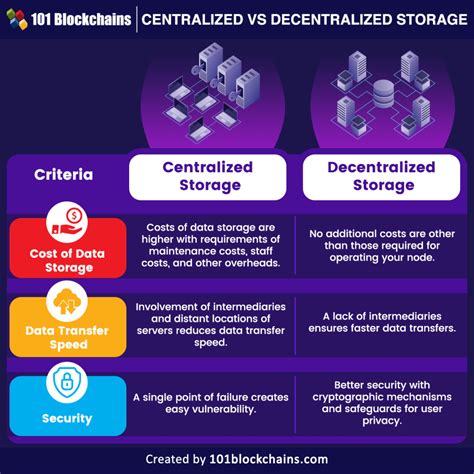The Future of Decentralized Stablecoins: Trends and Forecasts
In recent years, decentralized stablecoins, a digital currency that uses blockchain technology to maintain a stable value against traditional fiat currencies, have been gaining momentum. These cryptocurrencies have the potential to disrupt the traditional financial system and offer a secure alternative to storing assets. In this article, we will explore the current trends and forecasts for the decentralized stablecoin market.
What are decentralized stablecoins?
Decentralized stablecoins are digital currencies that use blockchain technology to maintain a stable value against fiat currencies. This is achieved through various mechanisms, such as pegs, reserve requirements, or other similar techniques. The primary goal of these cryptocurrencies is to provide a safe and reliable store of value for investors and users.
Current Trends:
- Increased Adoption: Decentralized stablecoins are gaining traction among institutional investors, family offices, and high-net-worth individuals seeking alternative investment opportunities.
- Growing Demand from Emerging Markets: Countries such as China, India, and Japan are adopting decentralized stablecoin solutions to promote financial integration and reduce currency fluctuations.
- Growth of Central Bank Digital Currencies (CBDCs): Governments around the world are exploring the development of their own CBDCs that could serve as alternative forms of money. Decentralized stablecoins are seen as an attractive alternative to these digital currencies.
- Blockchain-based Applications:

Decentralized stablecoins are being integrated into various blockchain-based applications, such as lending platforms, payment systems, and decentralized finance (DeFi) protocols.
Predictions:
- Increased institutional investor adoption: As institutional investors continue to invest in decentralized stablecoins, the market is expected to grow significantly.
- Expanding use cases: Decentralized stablecoins are exploring use cases beyond traditional monetary applications, such as voting systems and social media platforms.
- Development of new technologies: The decentralized stablecoin market will see significant advancements in new technologies, such as non-fungible tokens (NFTs) and tokenized assets.
- Growing Competition Among Central Bank Digital Currencies (CBDCs): CBDCs are expected to gain momentum in the future, which could disrupt the decentralized stablecoin market.
Top 5 Decentralized Stablecoins:
- USDT (Tether)
: One of the most widely traded and widely used decentralized stablecoins.
- USD (USD Coin): A high-quality, fully backed stablecoin, pegged to the US dollar.
- Binance Dollar (BNB): A decentralized stablecoin issued by Binance, one of the largest cryptocurrency exchanges.
- PAXOS (PAXS): A decentralized stablecoin pegged to the US dollar and backed by a gold reserve.
- Maker DAI: A decentralized stablecoin that is pegged to the US dollar and used for lending and other financial applications.
Conclusion:
The future of decentralized stablecoins looks bright: institutional investors are becoming more widespread, demand is growing in emerging markets, and new technologies are developing. As these cryptocurrencies continue to mature and expand their use cases, we can expect significant changes to the traditional financial system. While there are challenges and risks to these digital currencies, the potential rewards make them an attractive alternative for those willing to take the risk.
Recommendations:
- Investments: Consider investing in decentralized stablecoins such as USDT, USDC, BNB, PAXOS, and Maker DAI.
2.